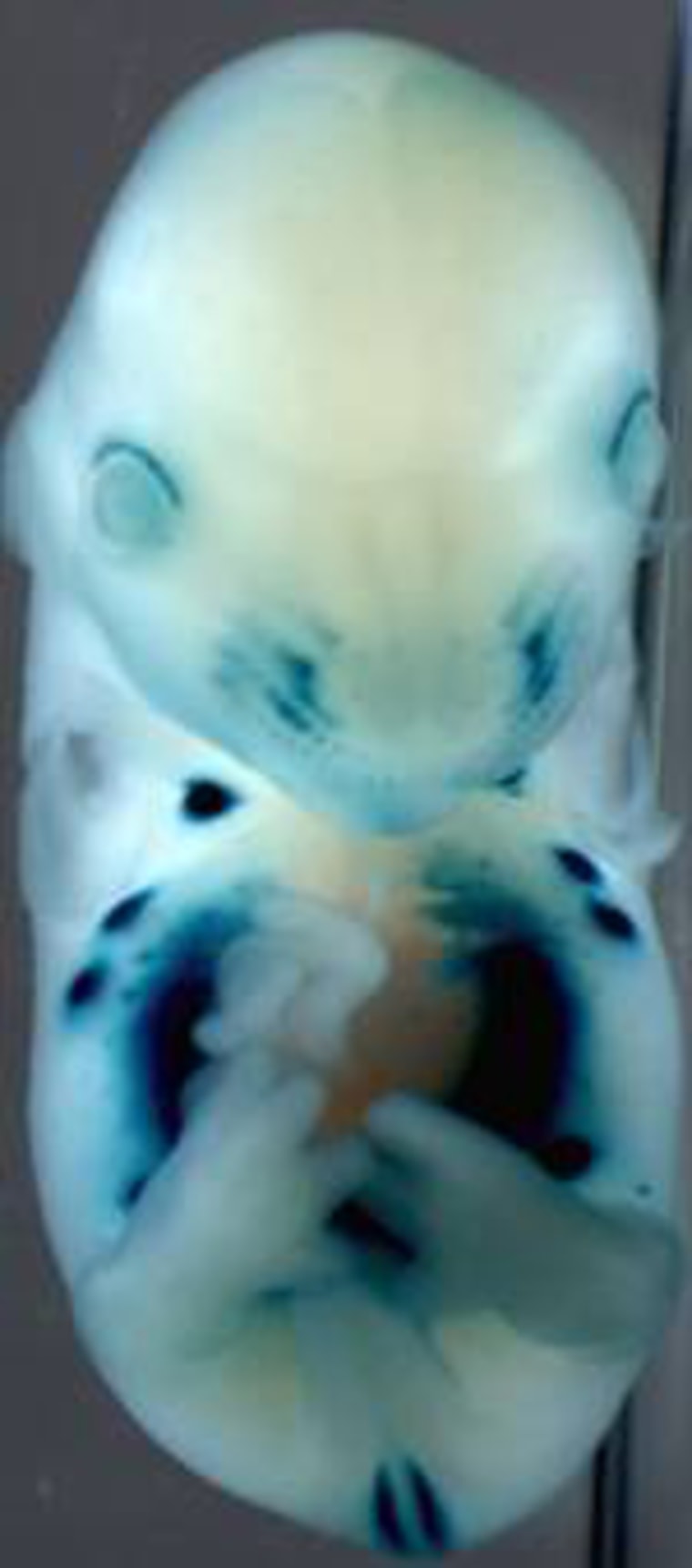It’s called the book of life — but mice, and perhaps humans, can still thrive even when chapters are missing, scientists say.
The mouse genome, or genetic blueprint, was published nearly two years ago. Mice and men share 99 percent of their genes, including so-called junk DNA which has no known function.
Intrigued to find out what junk DNA does, scientists in the United States removed swathes of junk DNA sequences from mice. To their amazement, it made no difference in the rodents.
The finding may have profound implications for researchers investigating the cause of illnesses because the sequences of junk DNA that were deleted are shared by humans.
Being able to discard areas of genome means scientists searching for the causes of illnesses and cures may now have fewer pages of the book of life to search.
'Disposable DNA'?
“It was an architectural approach. If you want to question whether a wall is weight-bearing, you remove it and see if the ceiling falls in,” said Edward Rubin, director of the U.S. Department of Energy Joint Genome Institute.
“We removed these big chunks (of DNA sequence) and there was barely any change,” he told Reuters. “It suggests there are large stretches of potentially disposable DNA in the genome.”
By comparing the mouse and human genomes, scientists from the Joint Genome Institute and the Lawrence Berkeley National Laboratory in California and other researchers hope to improve understanding of what makes us human.
Human genome roughly equal in size
Mice have roughly 25,000 genes, a number similar to the count for humans. Mice and men share compatible cell and organ systems. The rodents also breed quickly, so millions of them are used in laboratories around the globe to study how genes work.
Identifying disposable DNA sequences in mice may narrow the search for disease-causing genes in humans.
“By and large, these deletions were tolerated and didn’t result in any noticeable changes,” said Marcelo Nobrega, who collaborated on the research in Thursday's issue of the journal Nature. “An important caveat, however, is that no matter how detailed our analyses, our ability to test for a particular characteristic in mice is limited.”
The scientists compared the genome of the mouse and humans and identified regions to delete. Using molecular engineering, they snipped out DNA sequences in mice embryonic stem cells and generated a strain of mice with the abridged genome.
They analyzed features such as growth, longevity and molecular and biochemical features, comparing the normal mice and those with the abridged genome, but found no difference.
“As far as disease goes, these are probably regions where there may be functions, but they are subtle at the best,” said Rubin.
